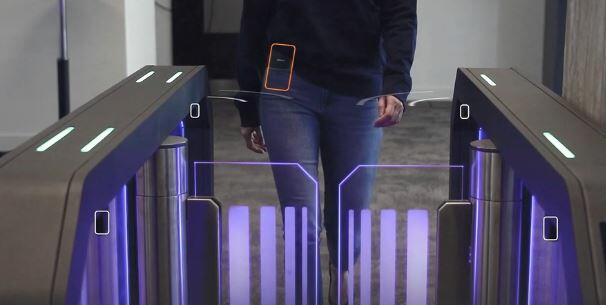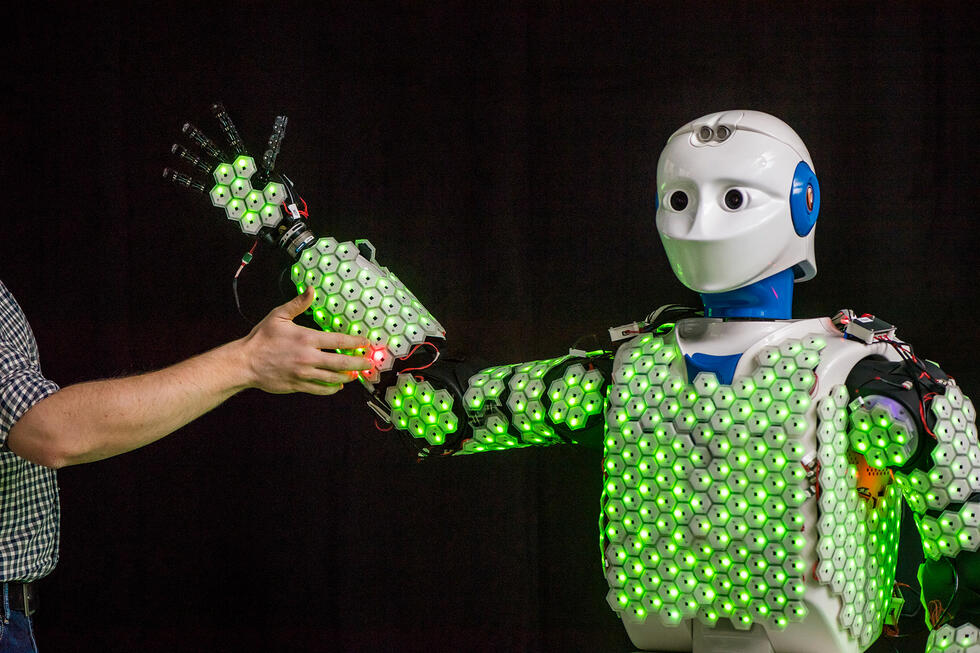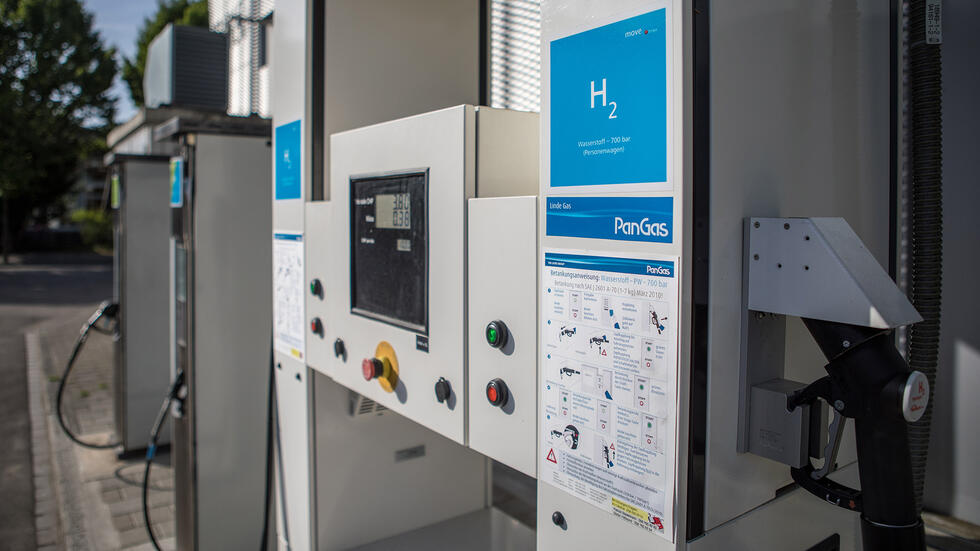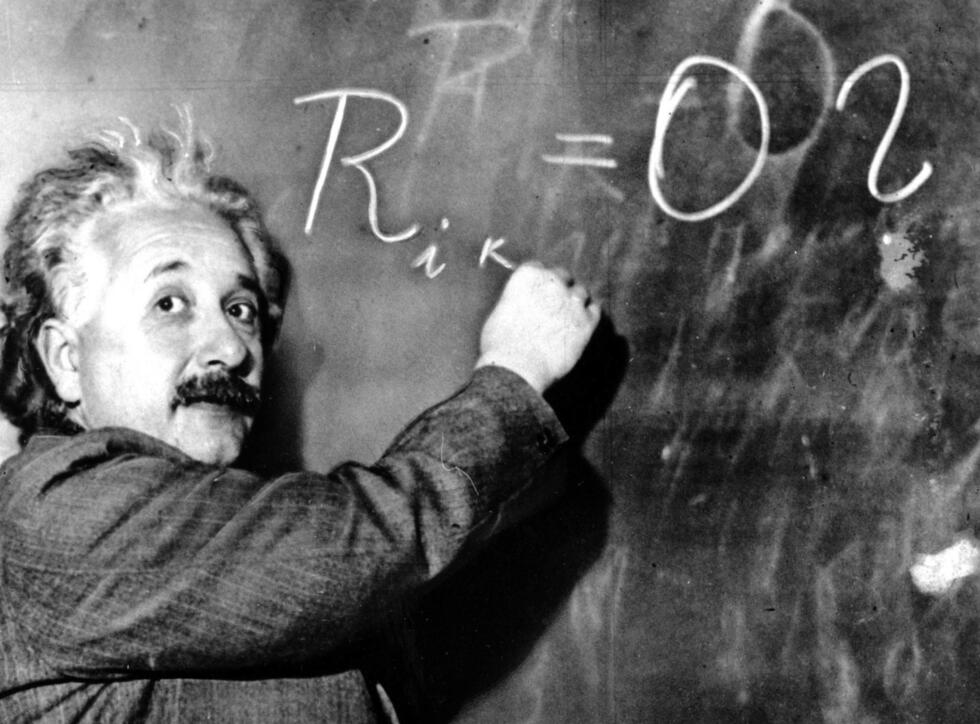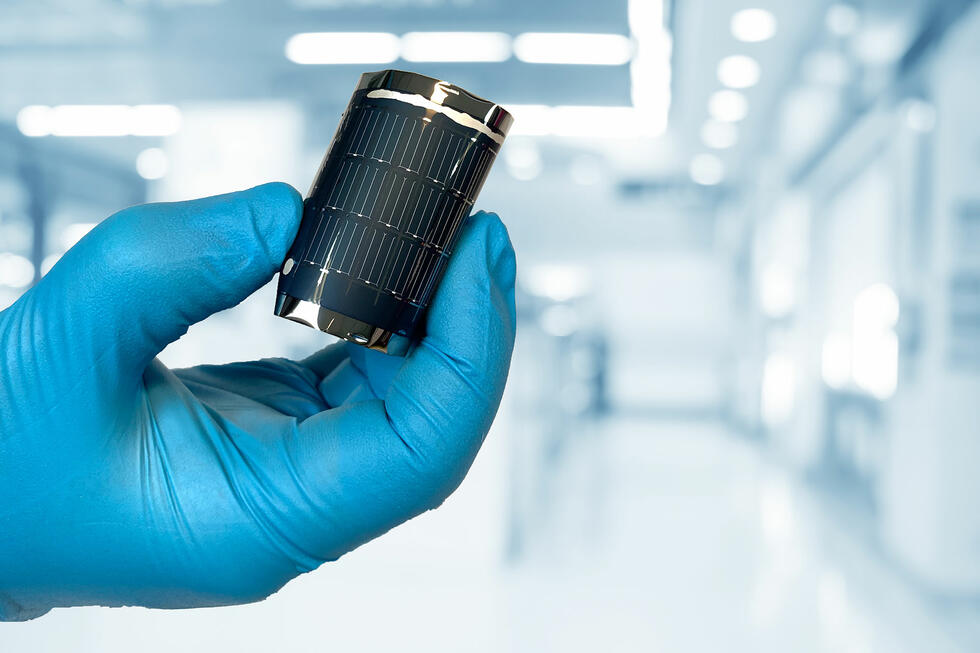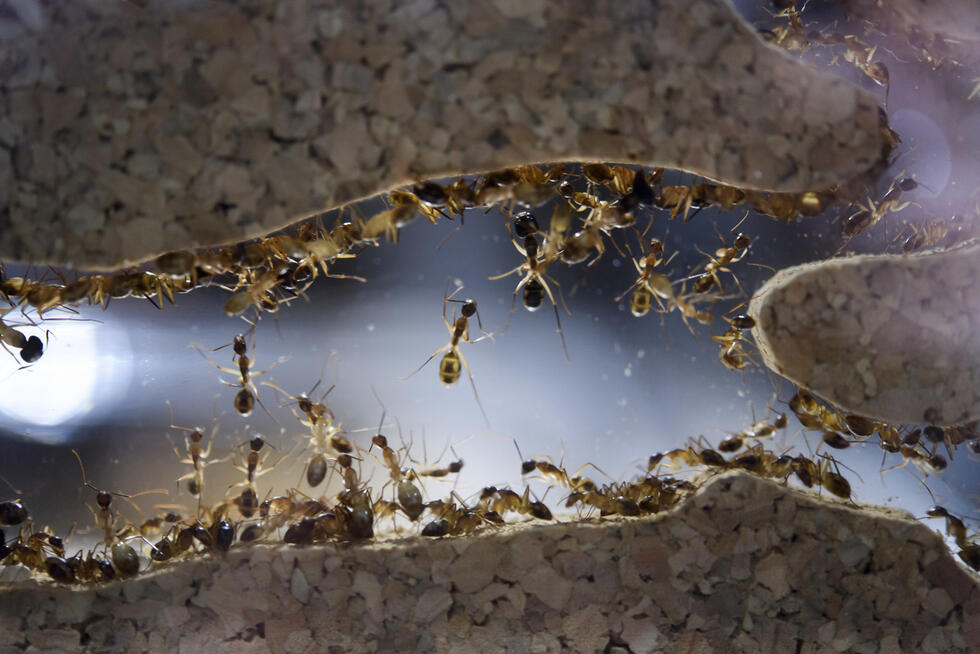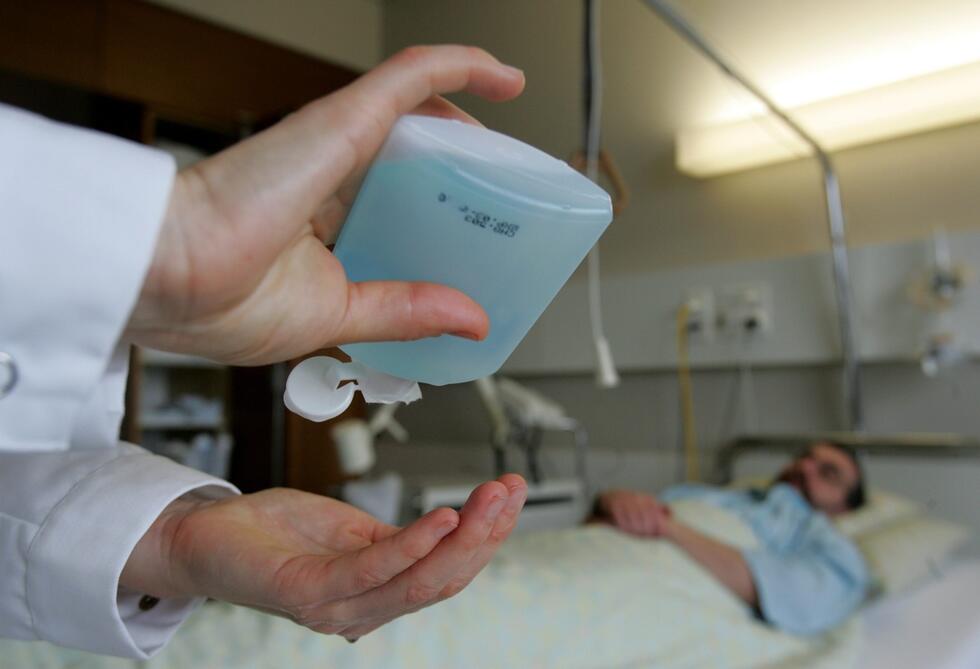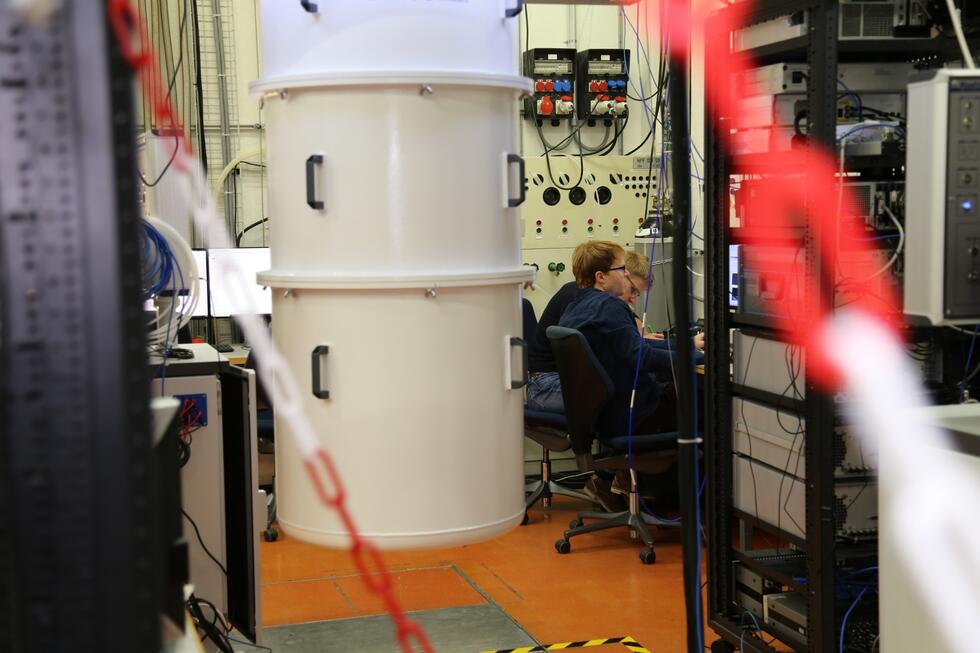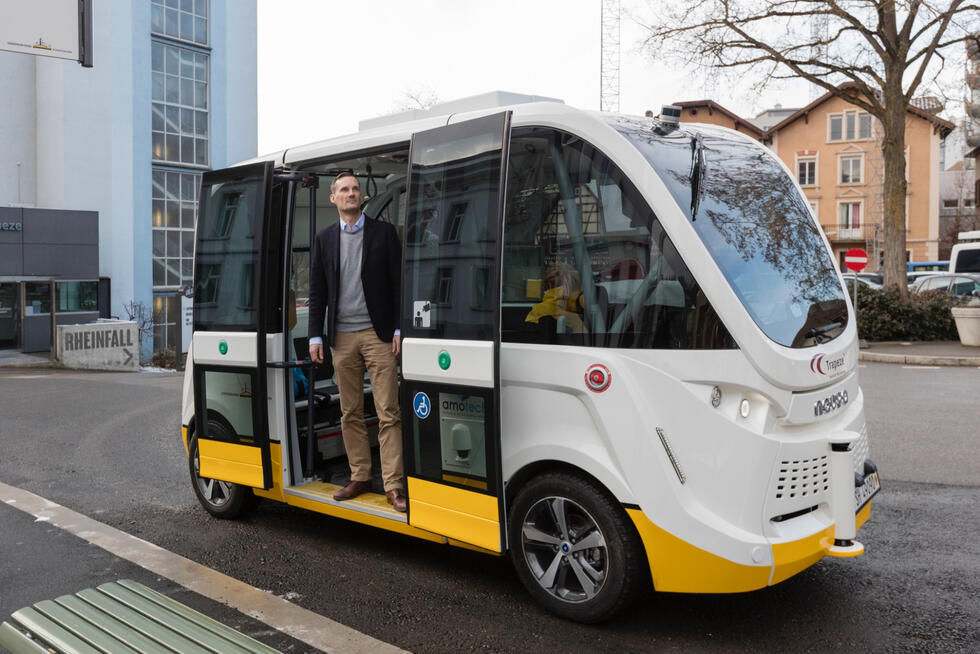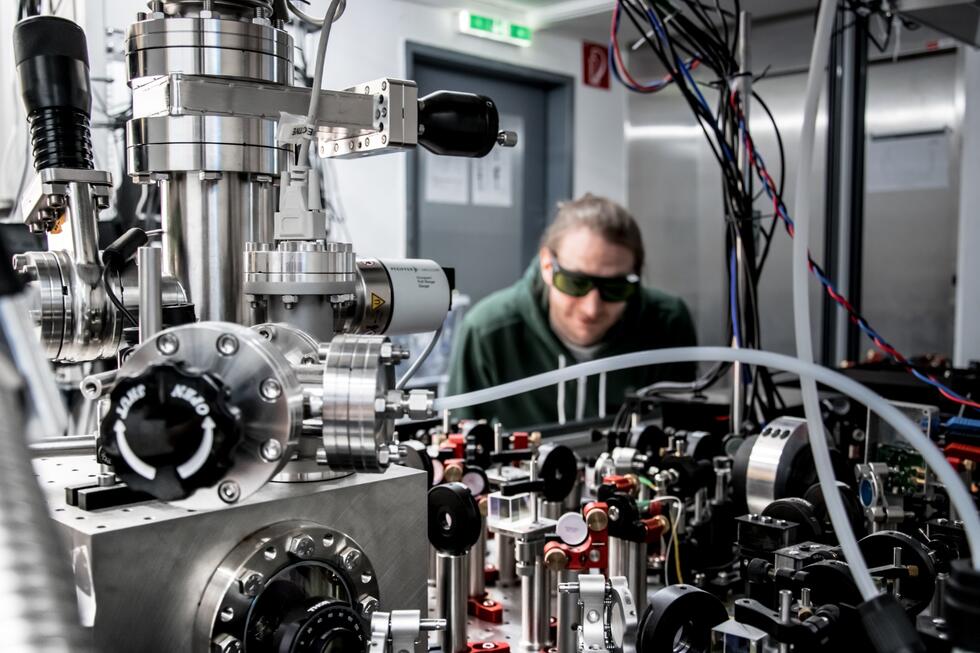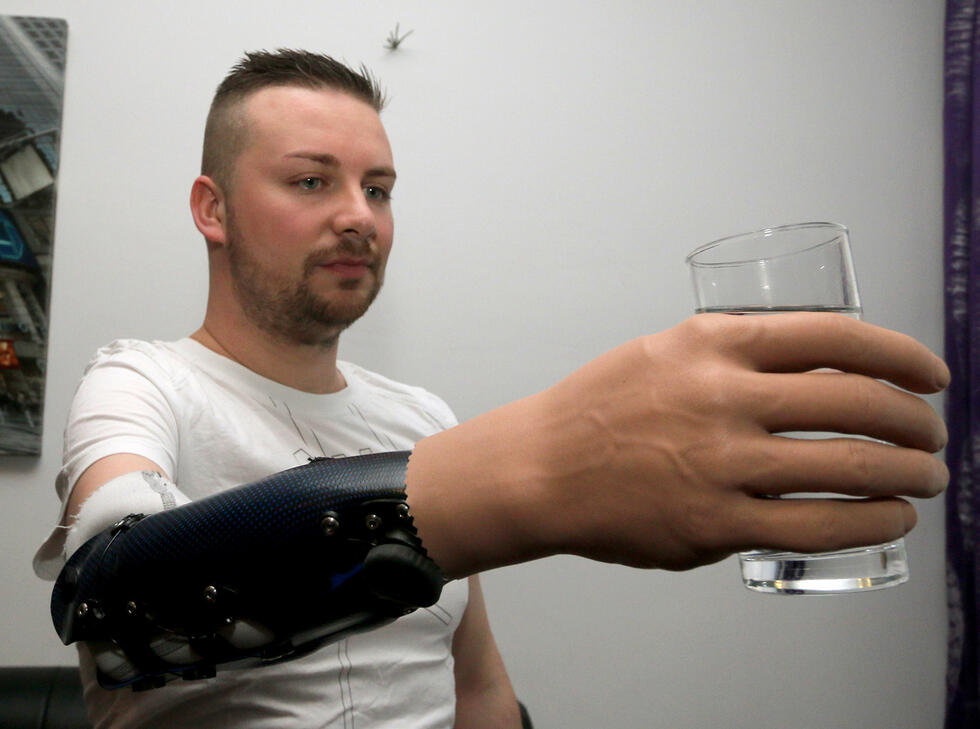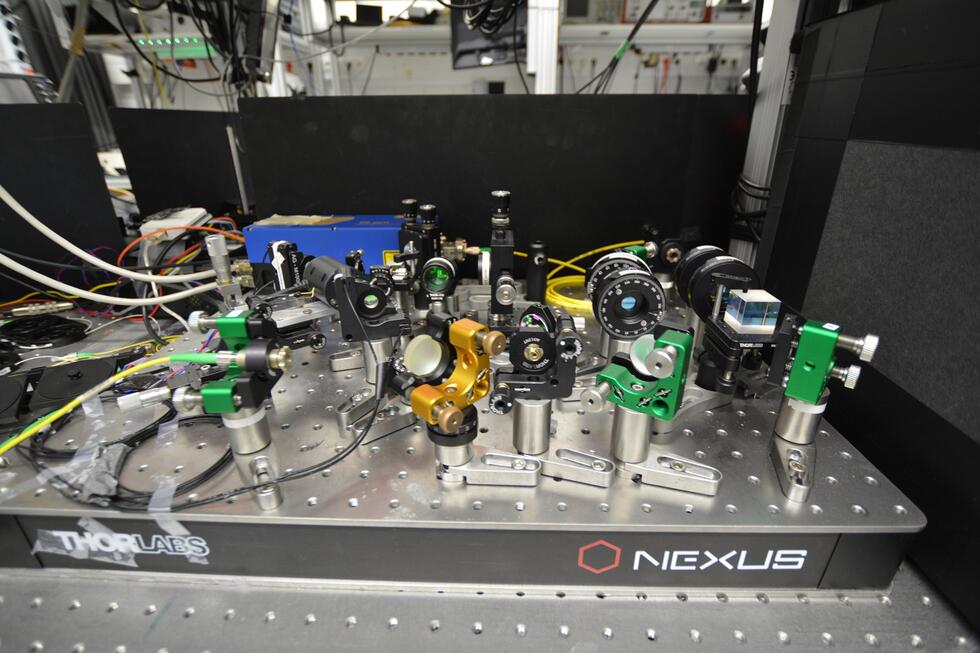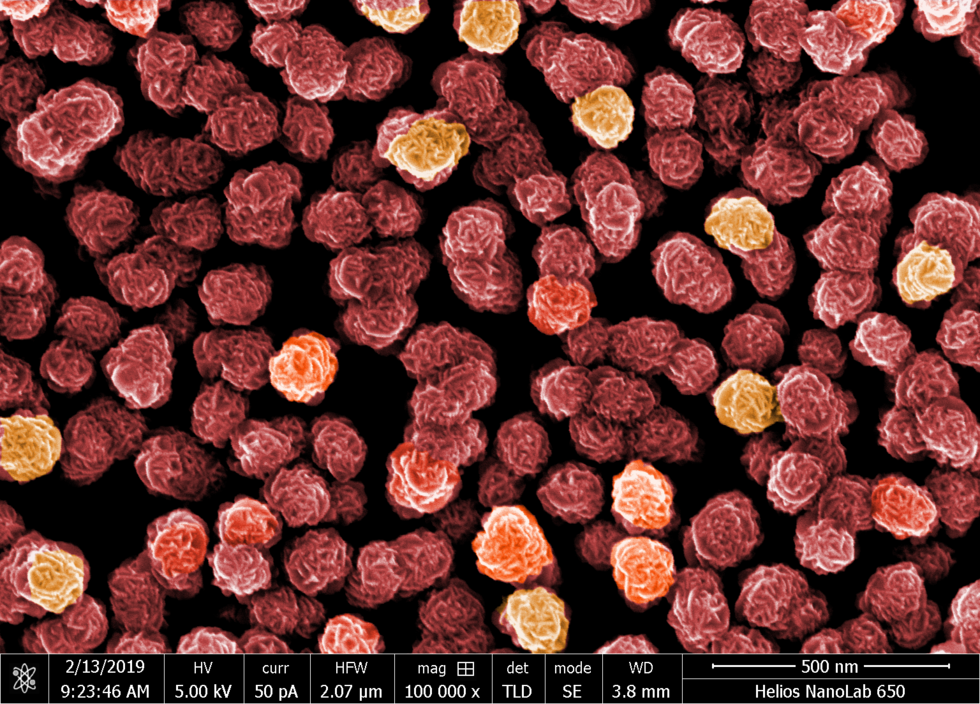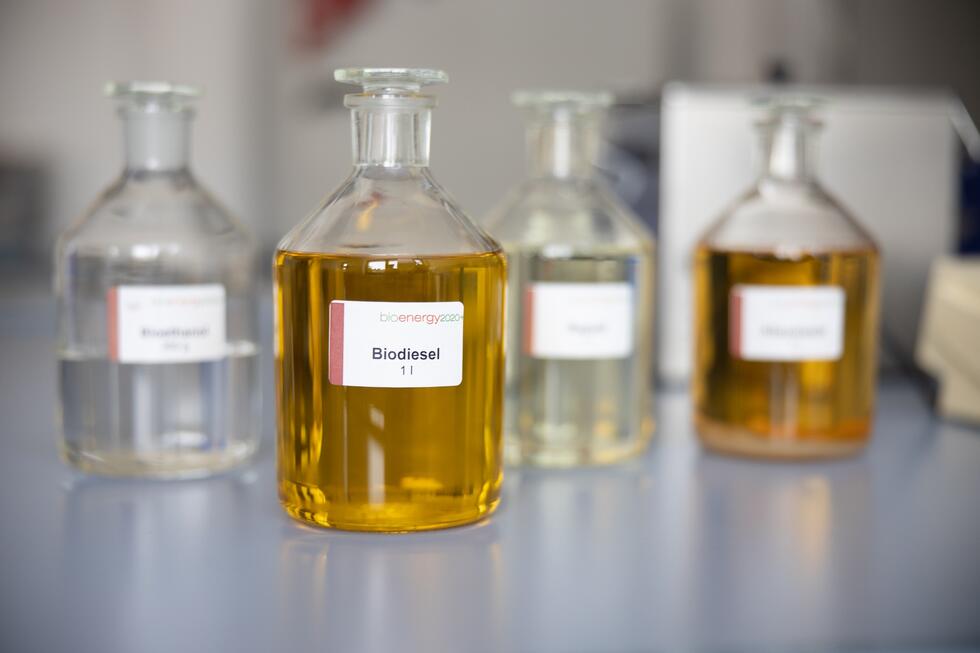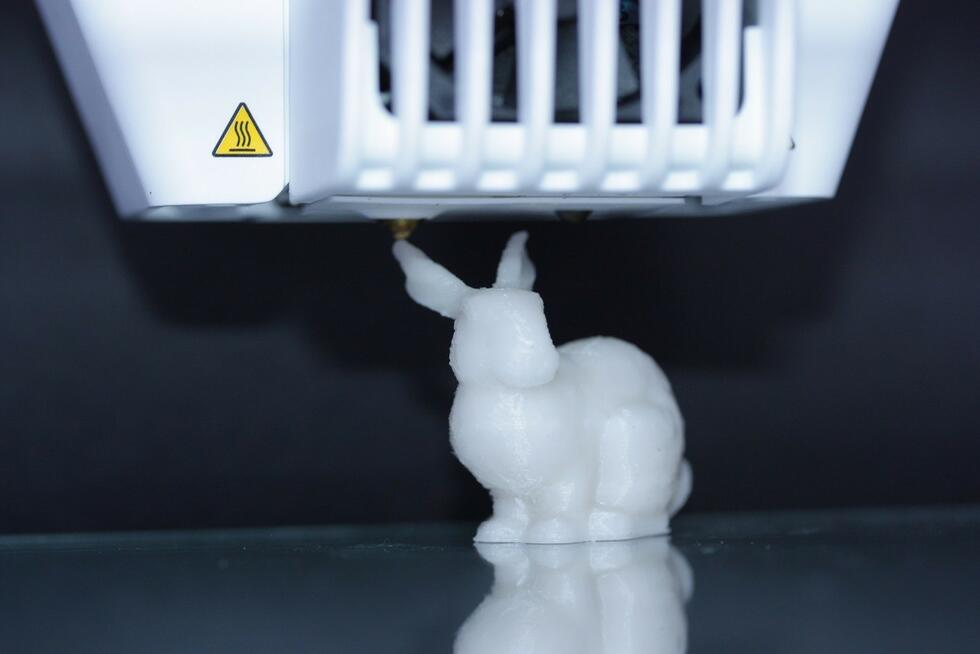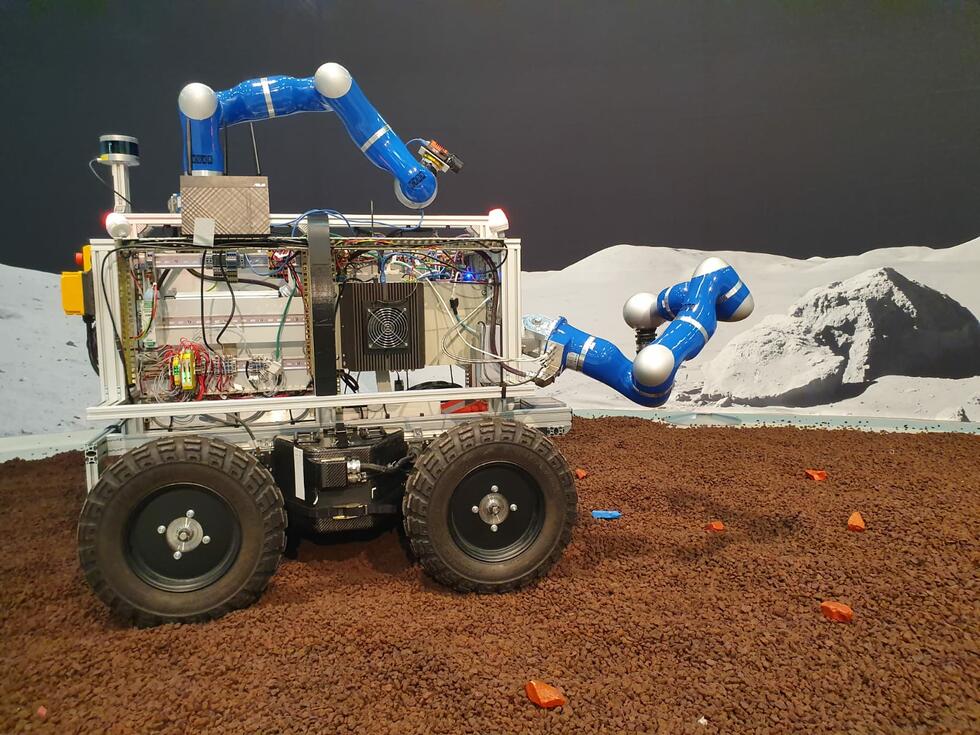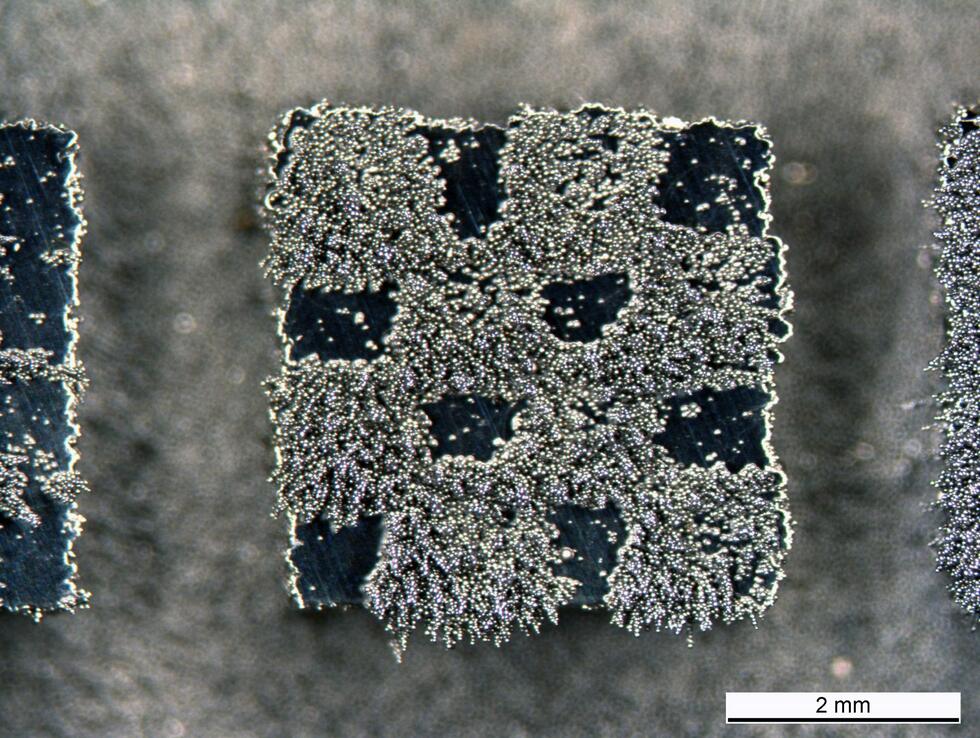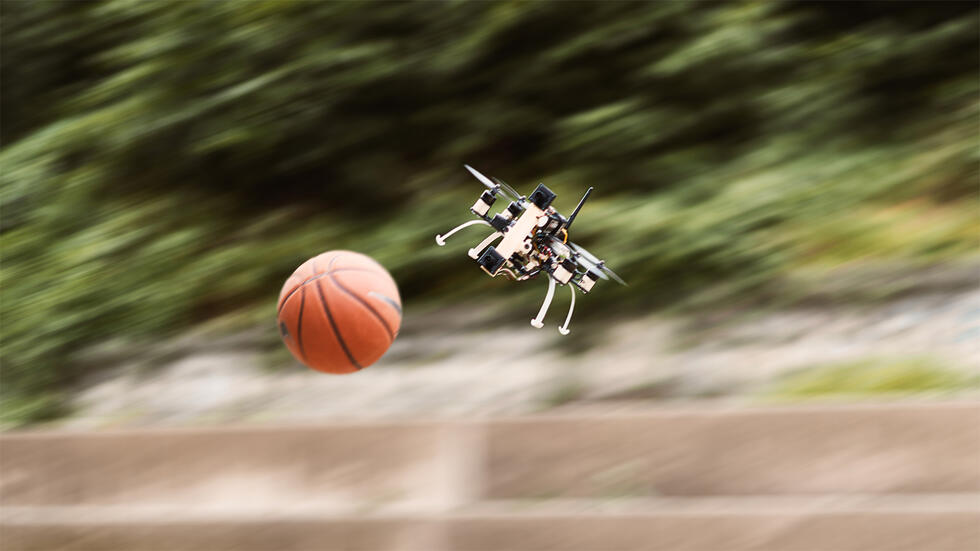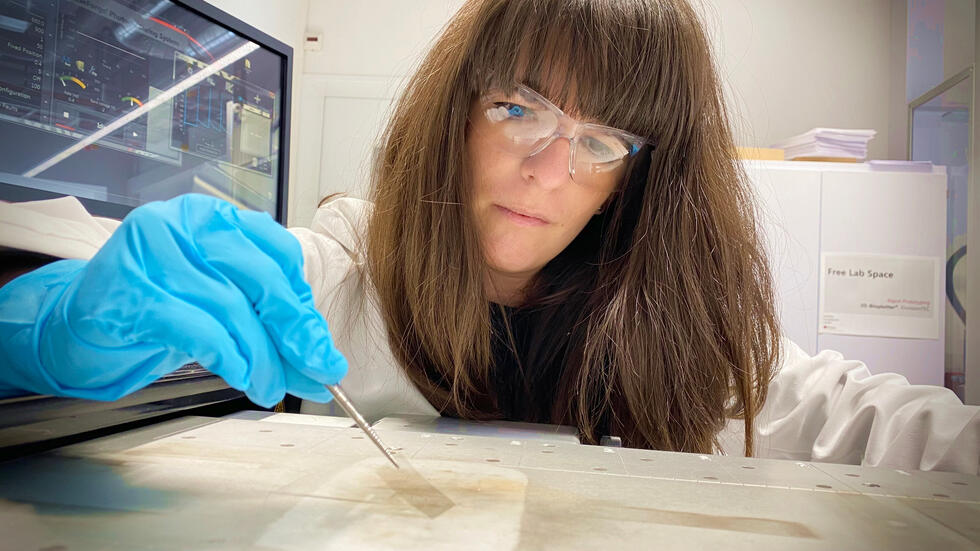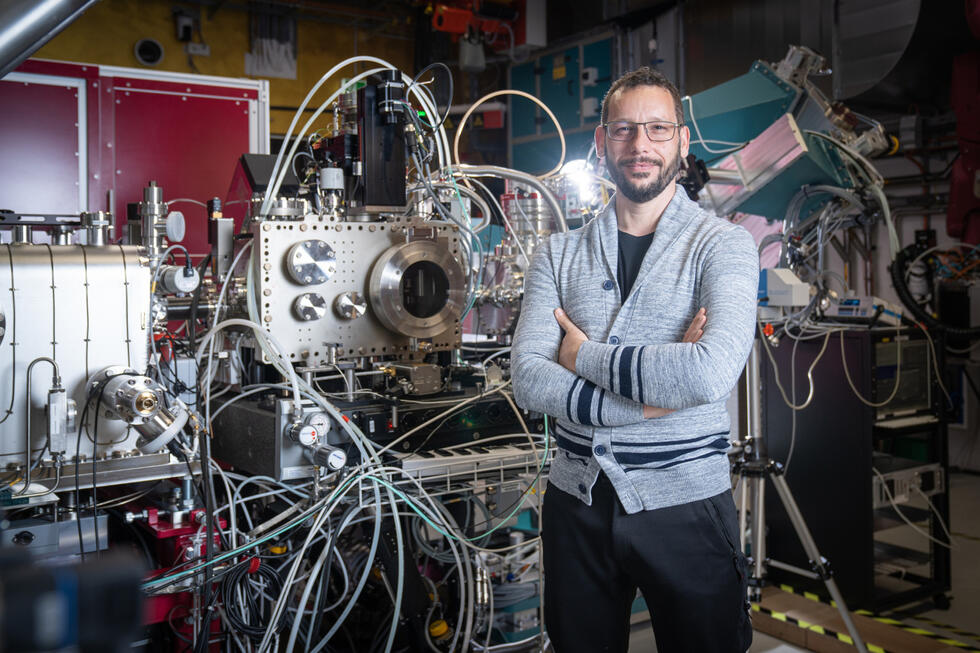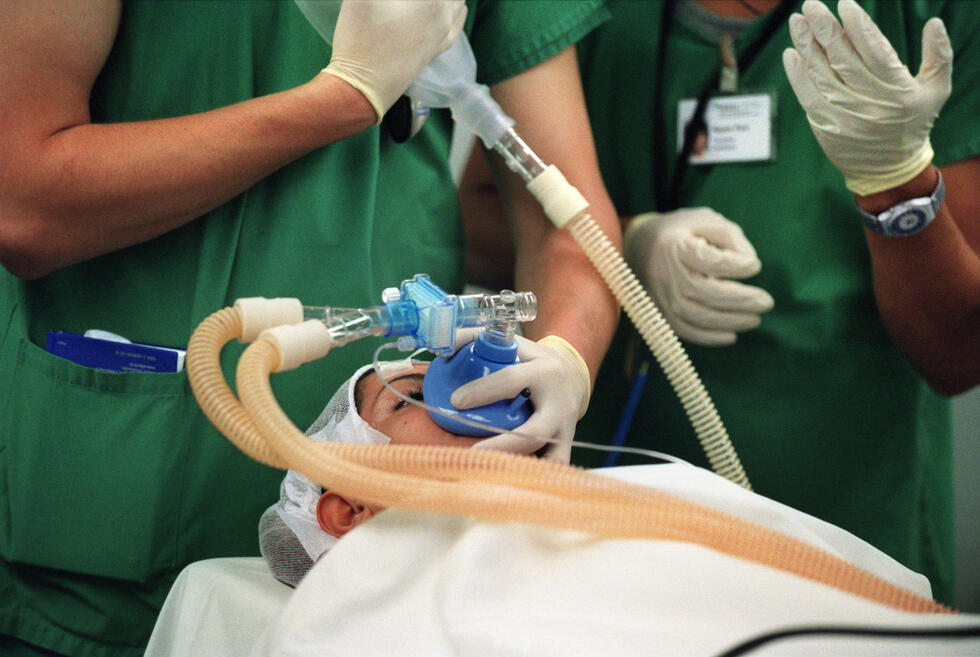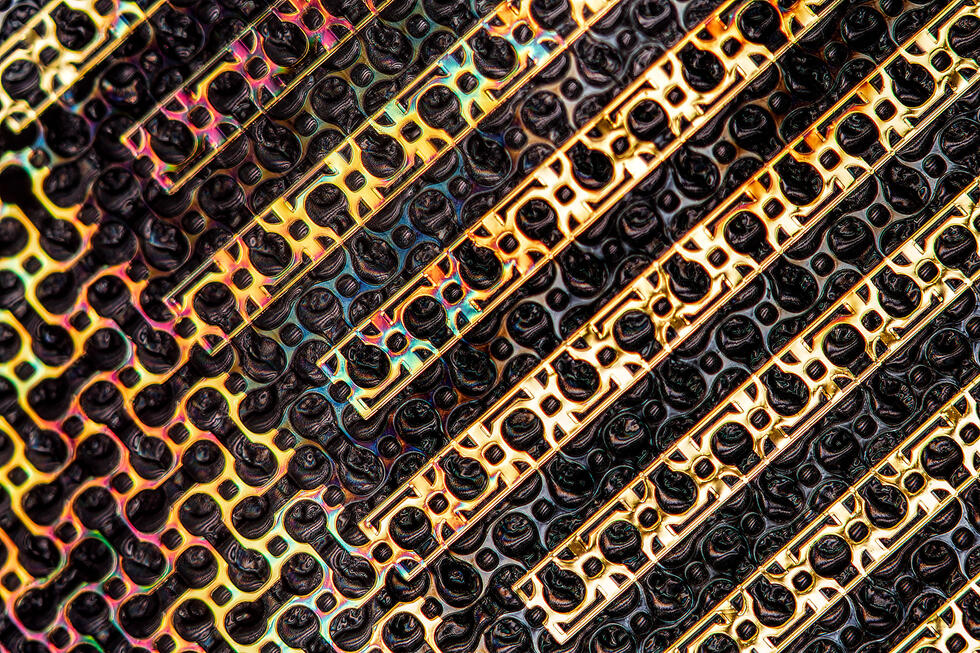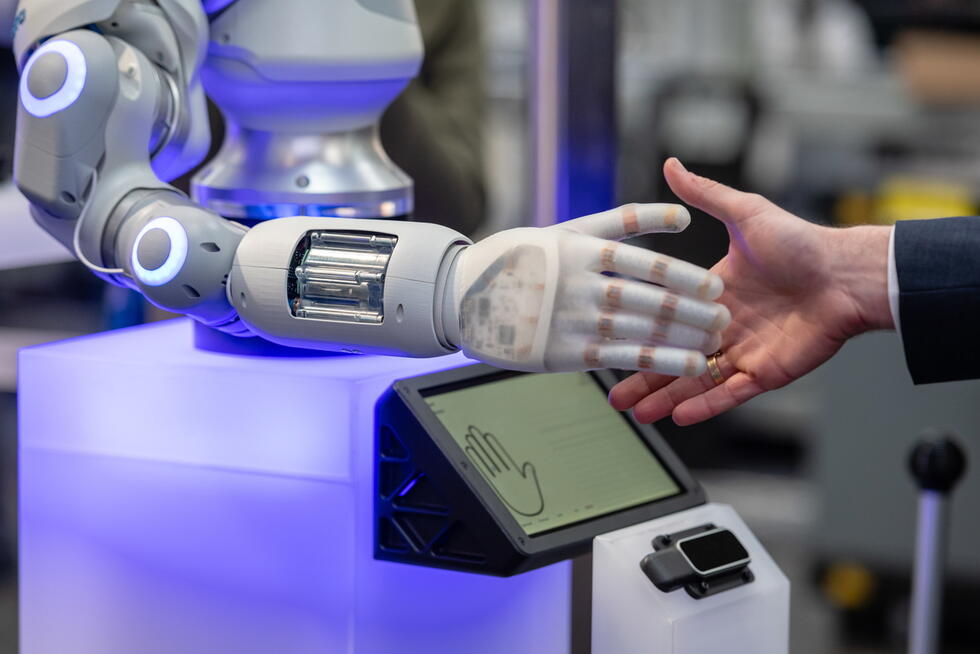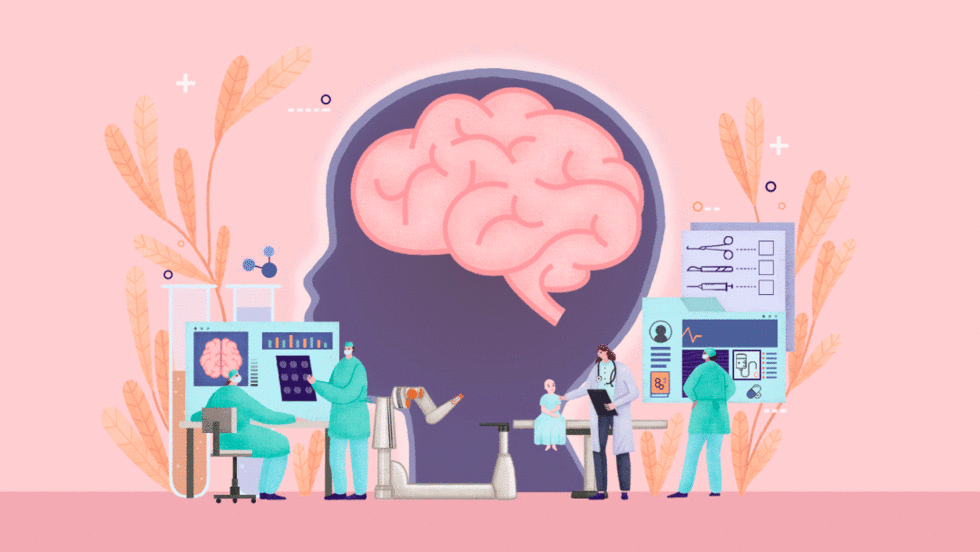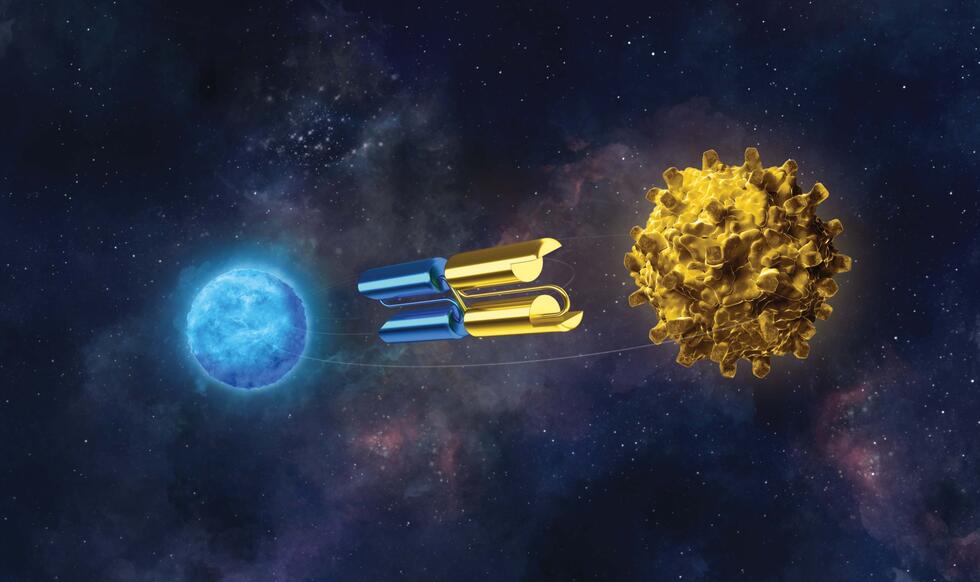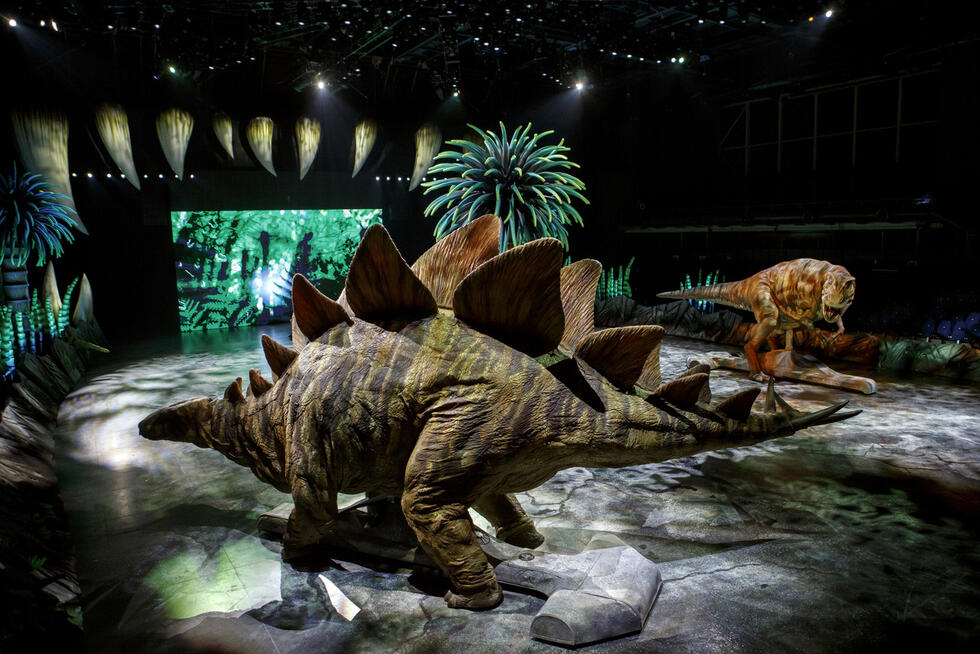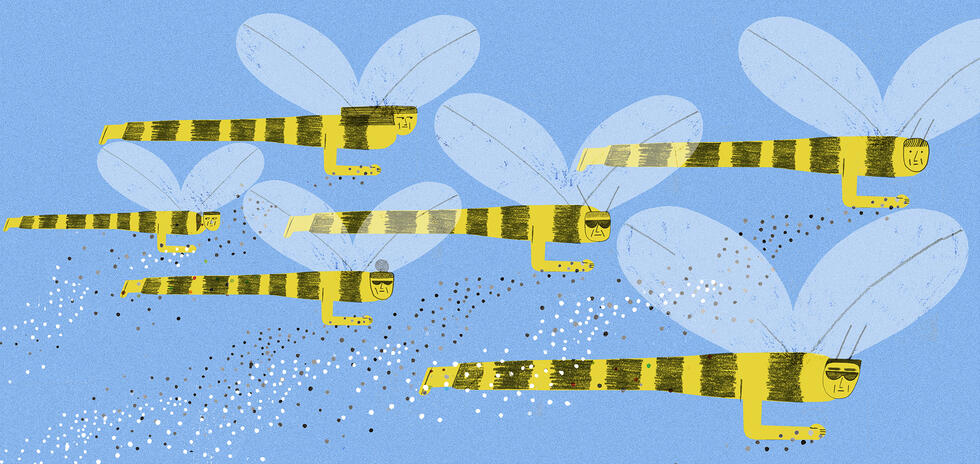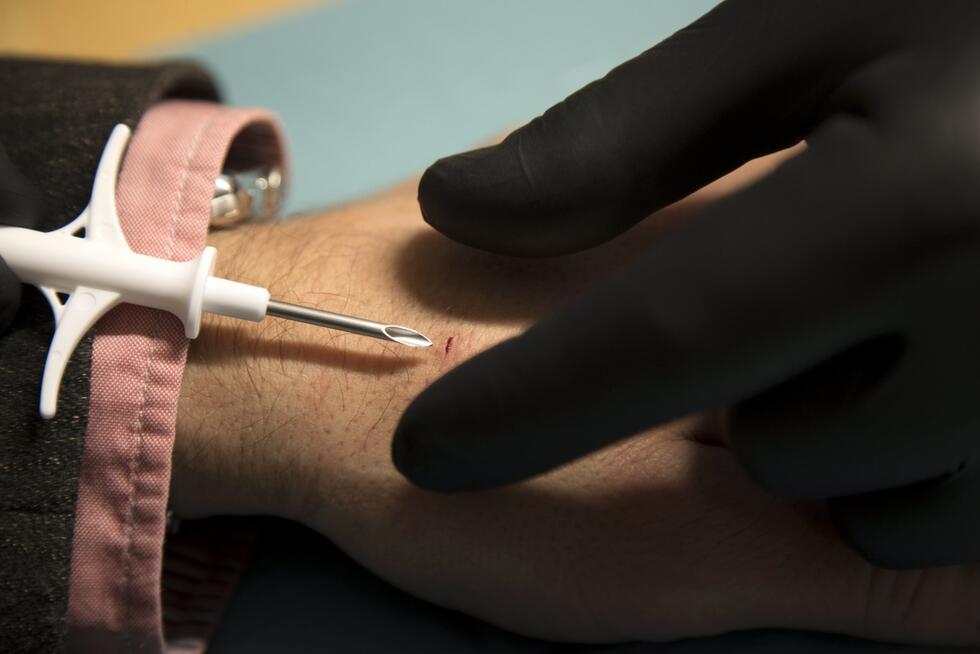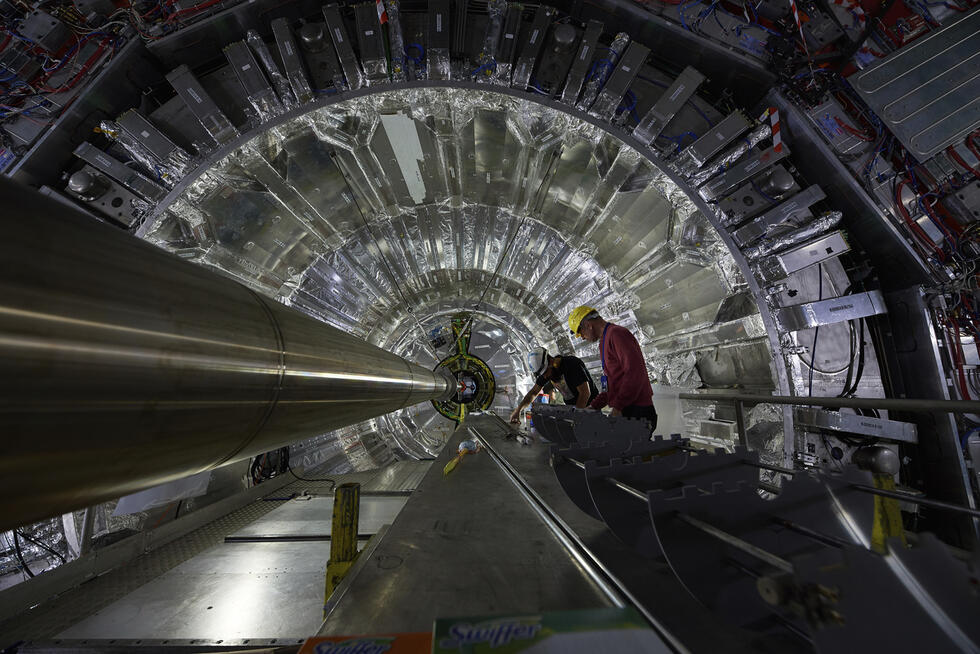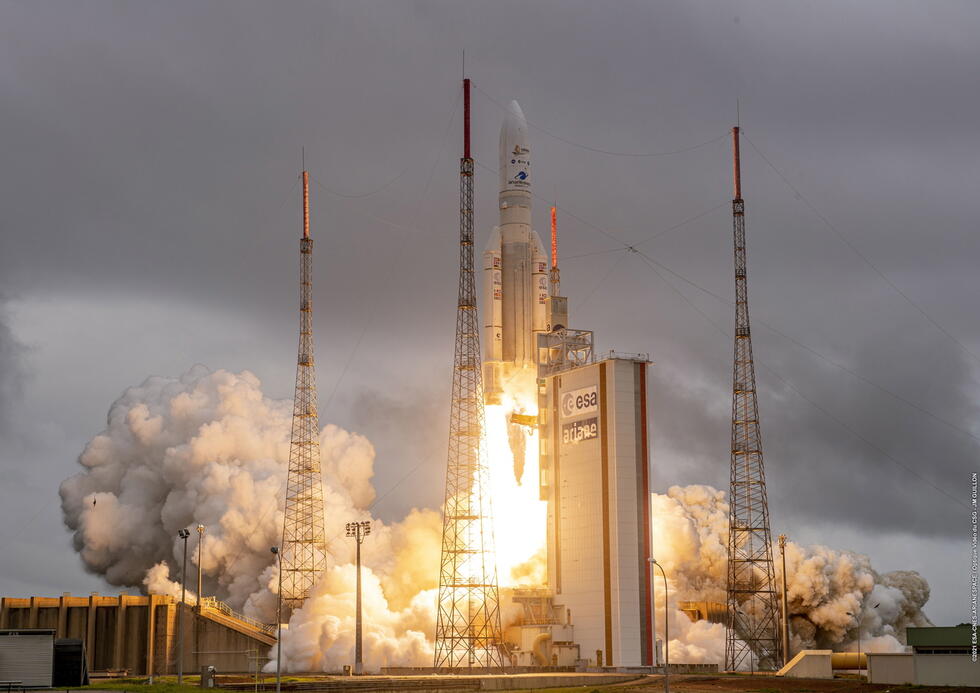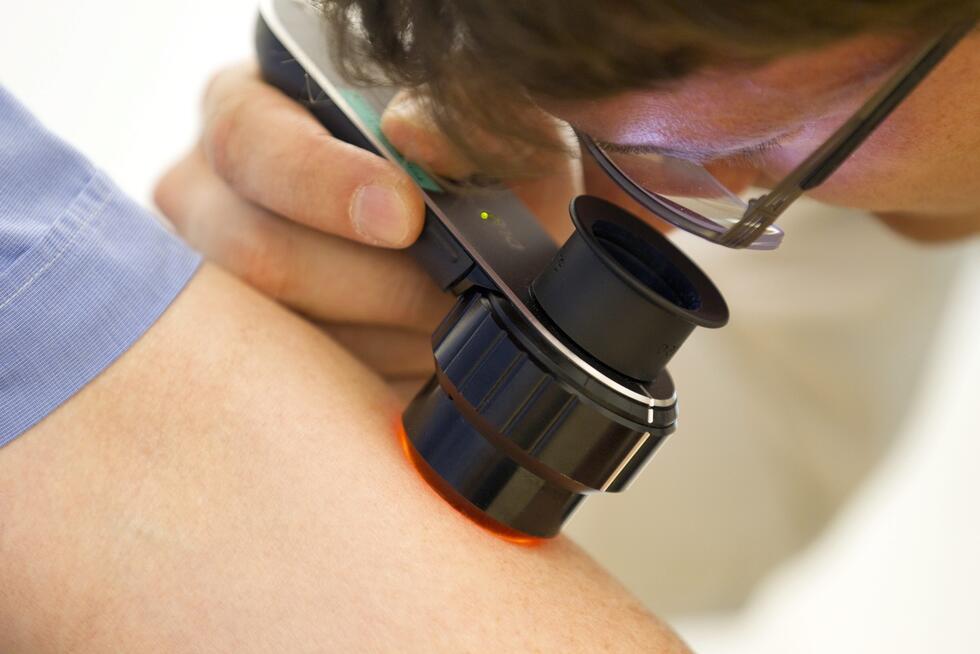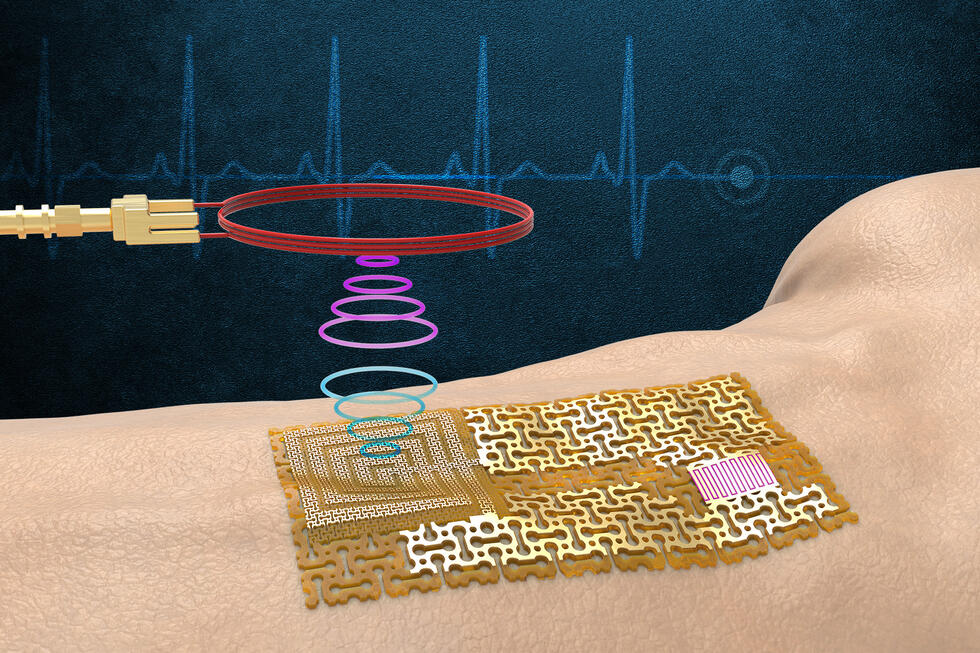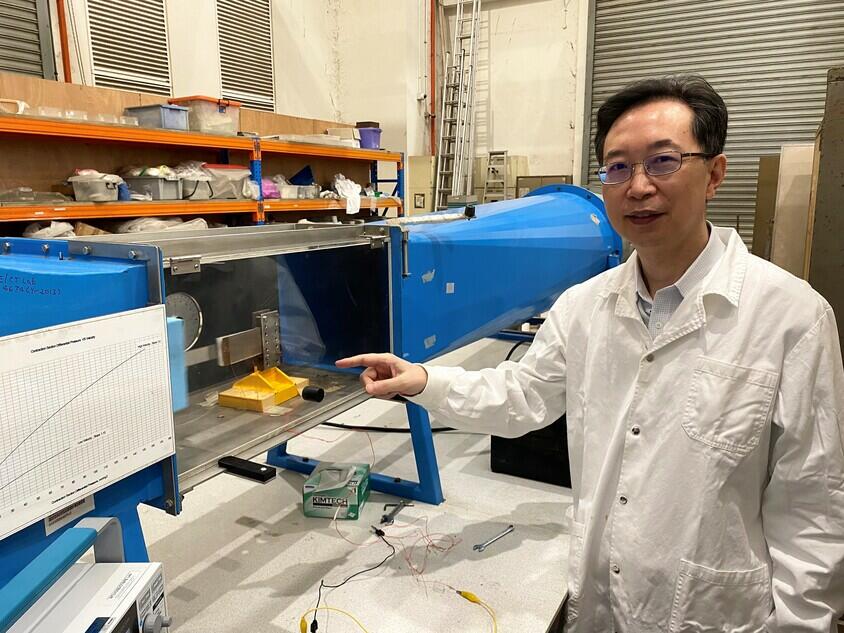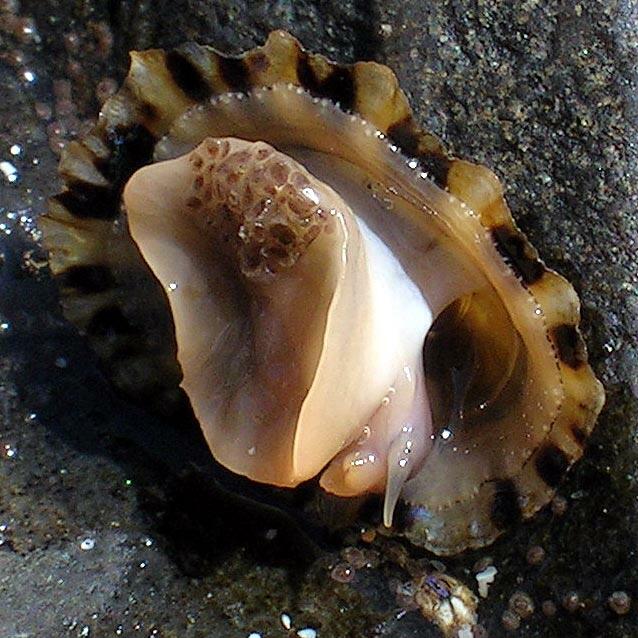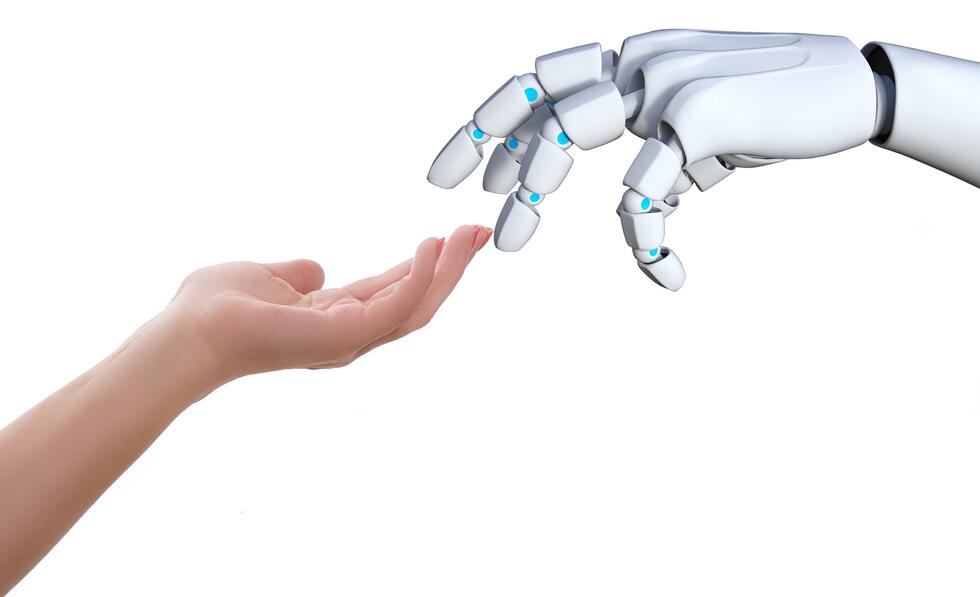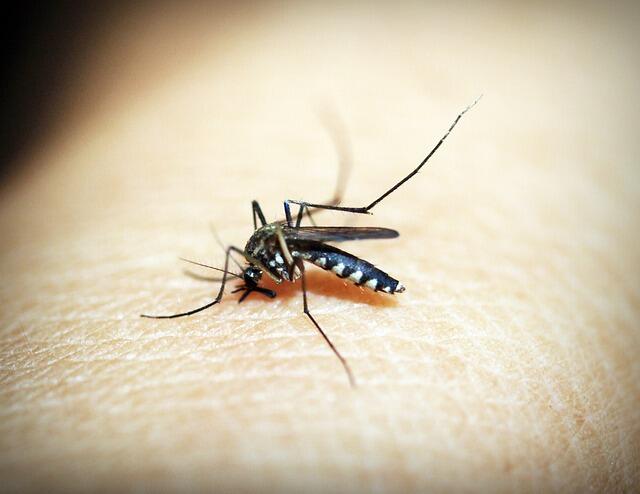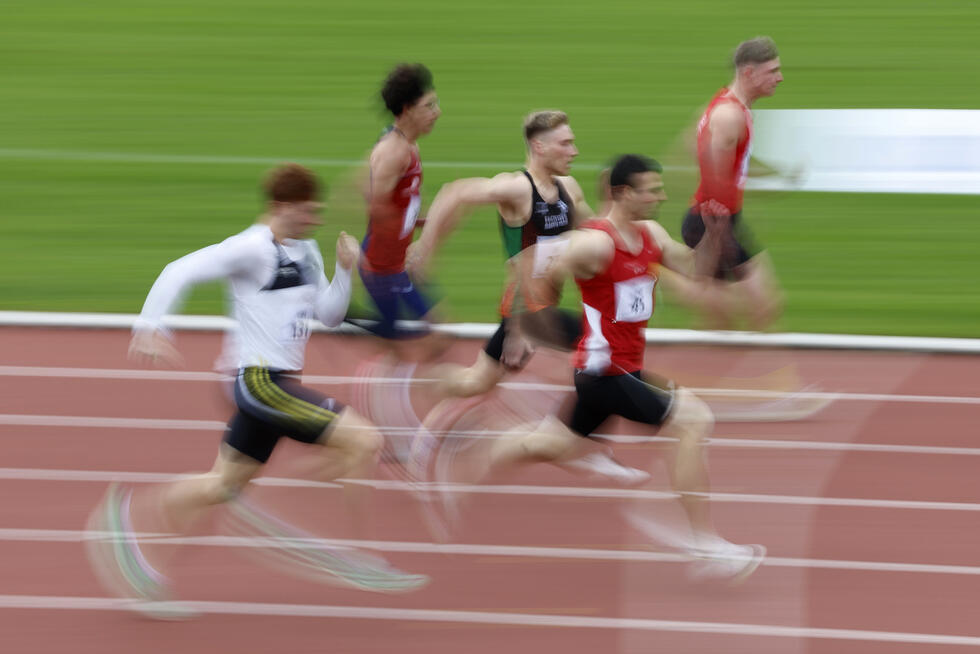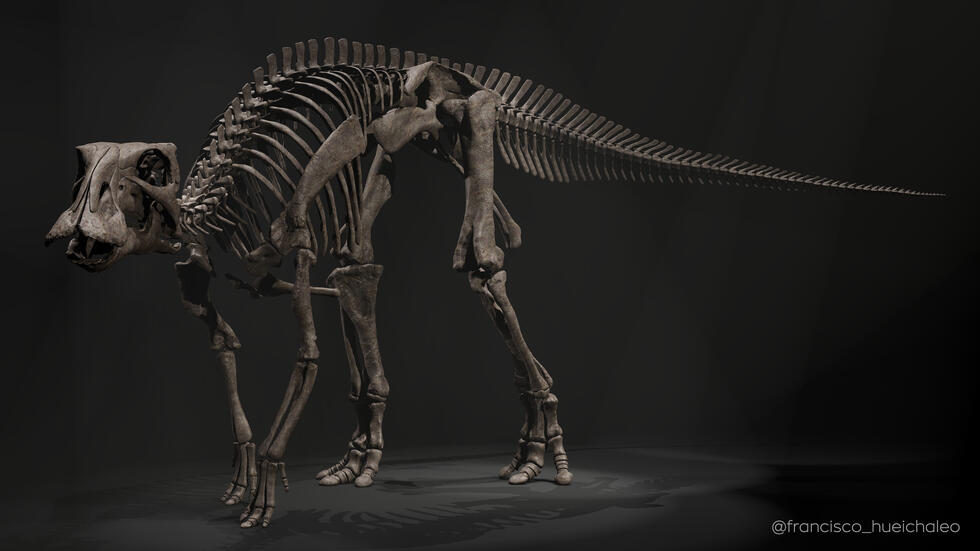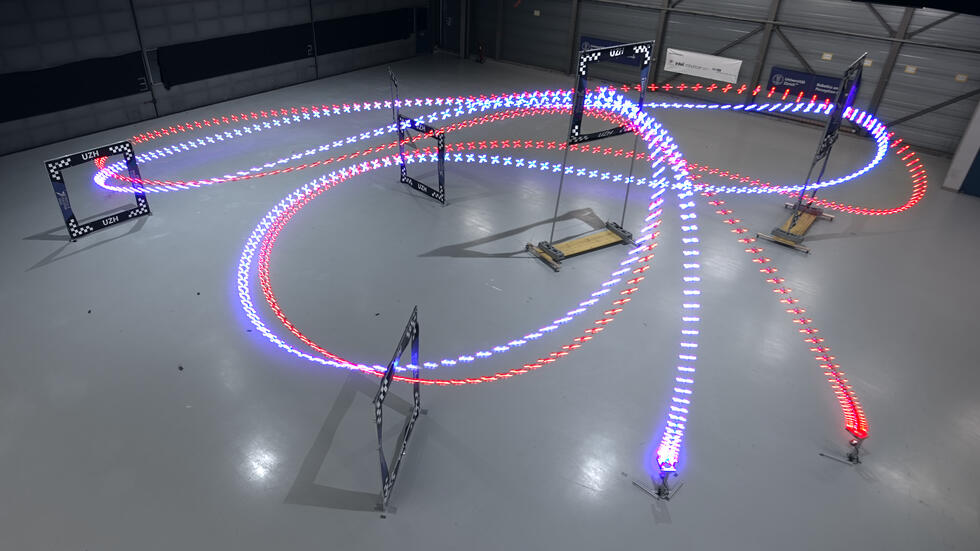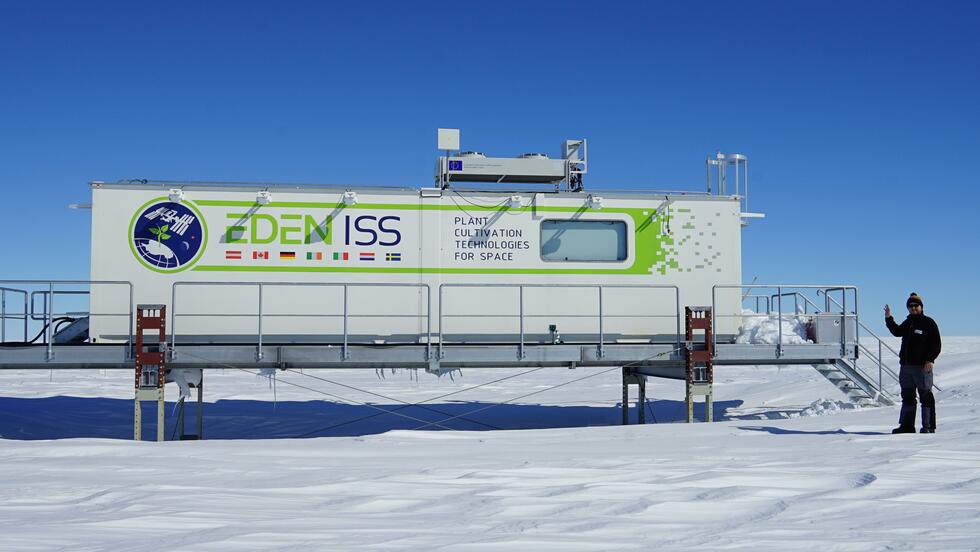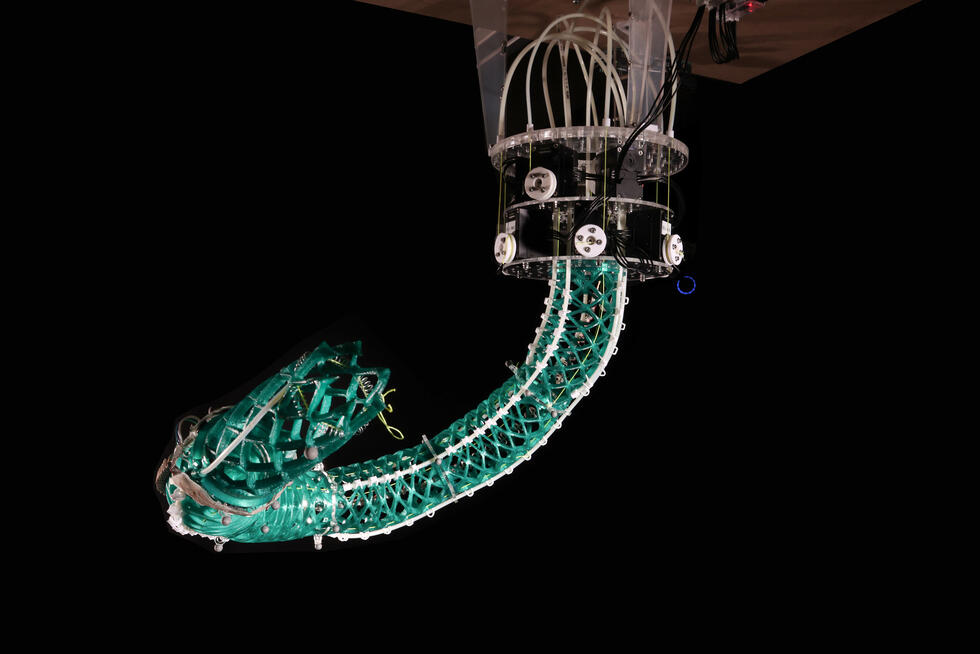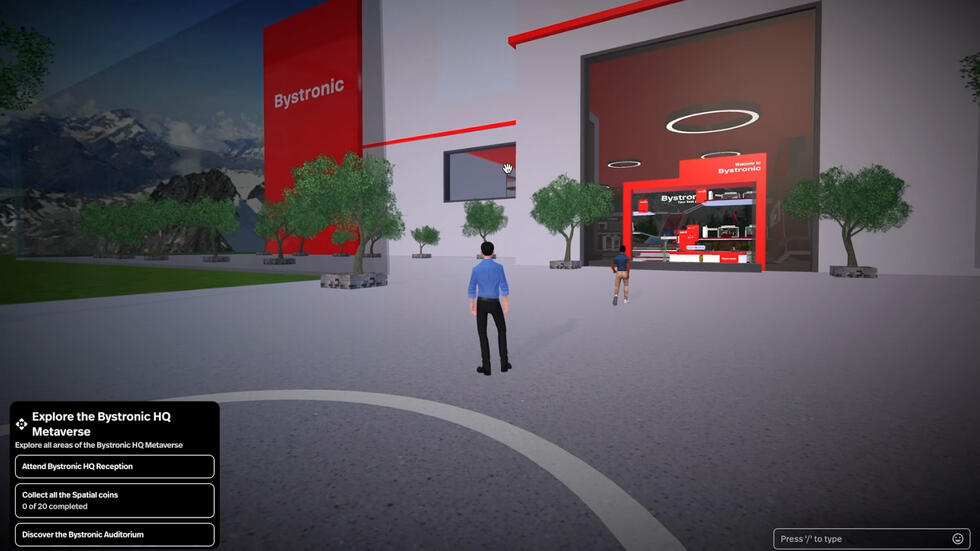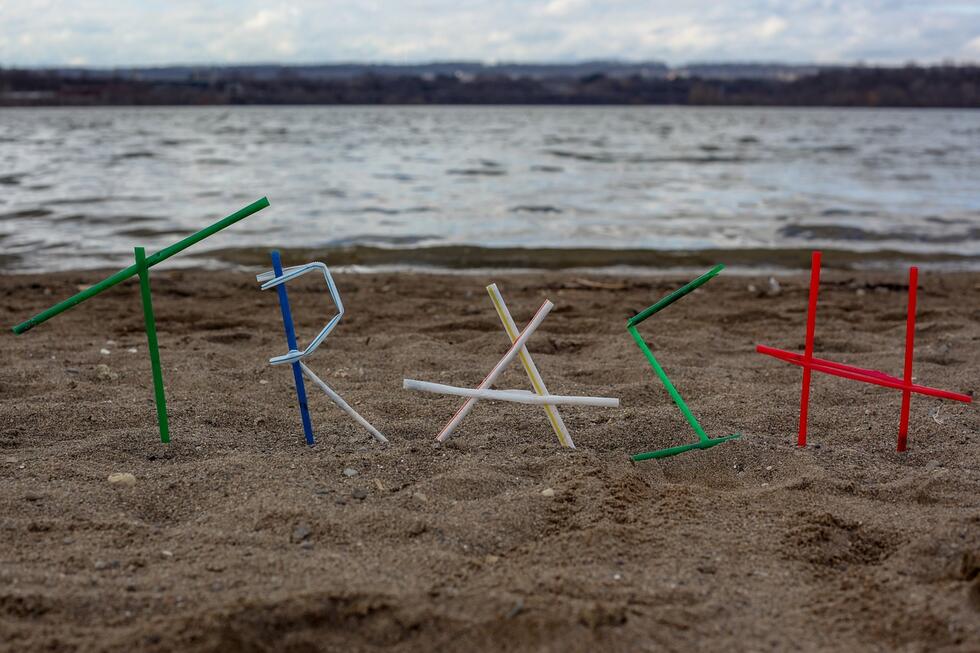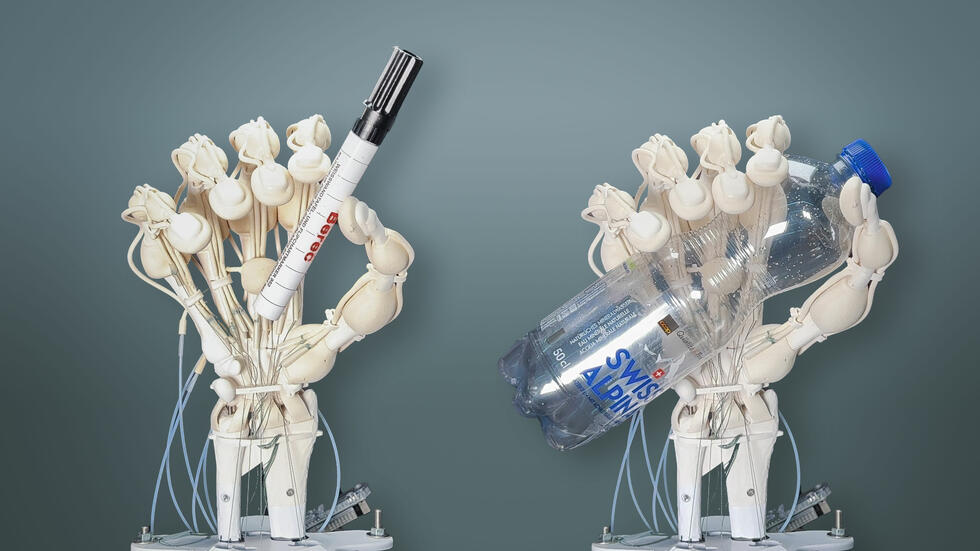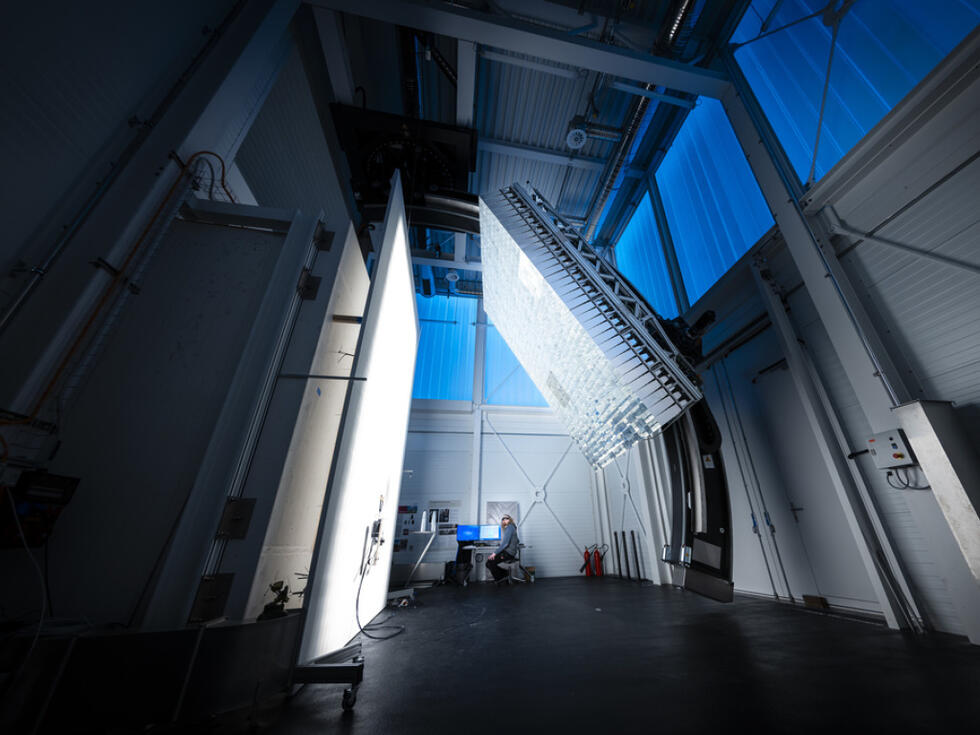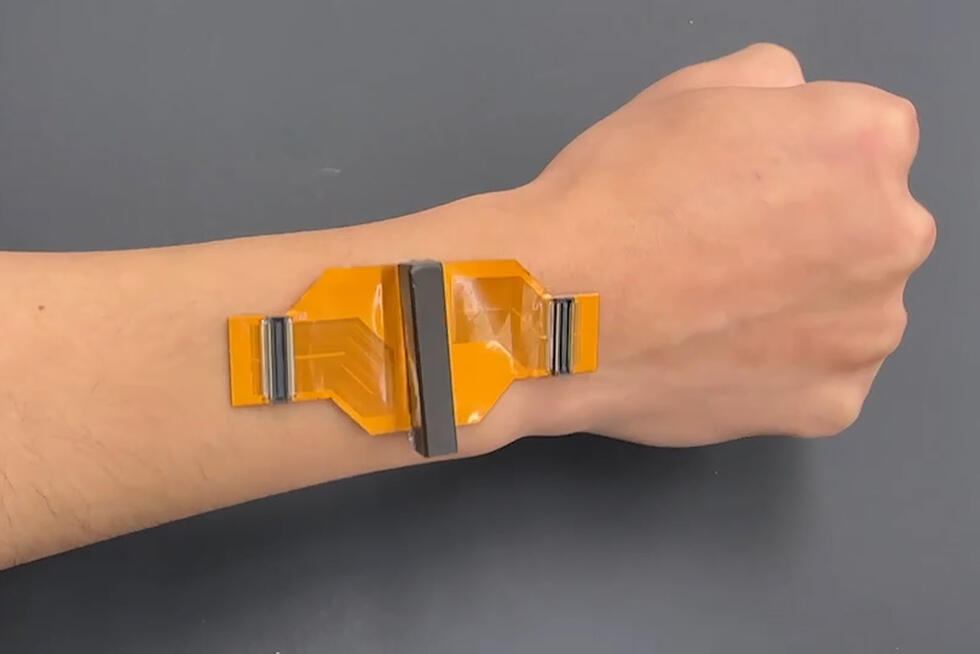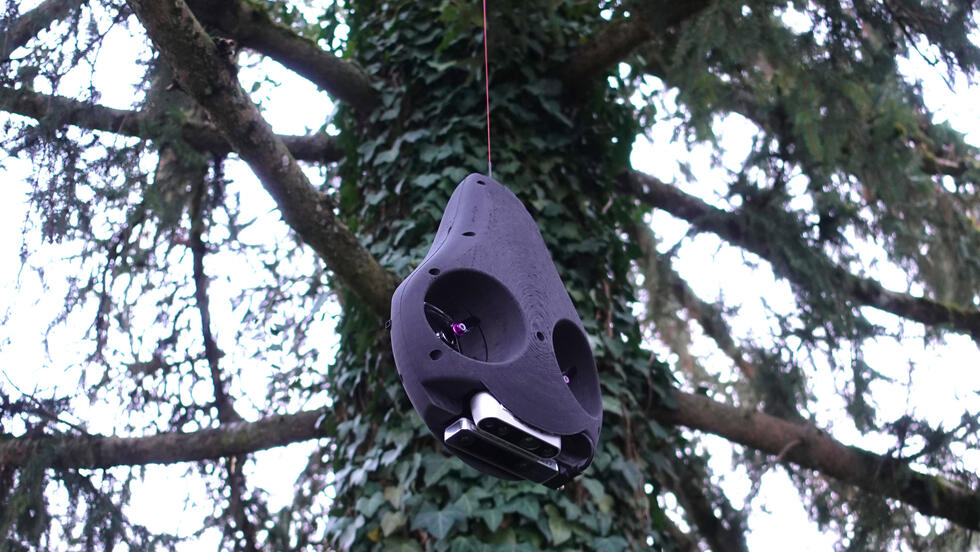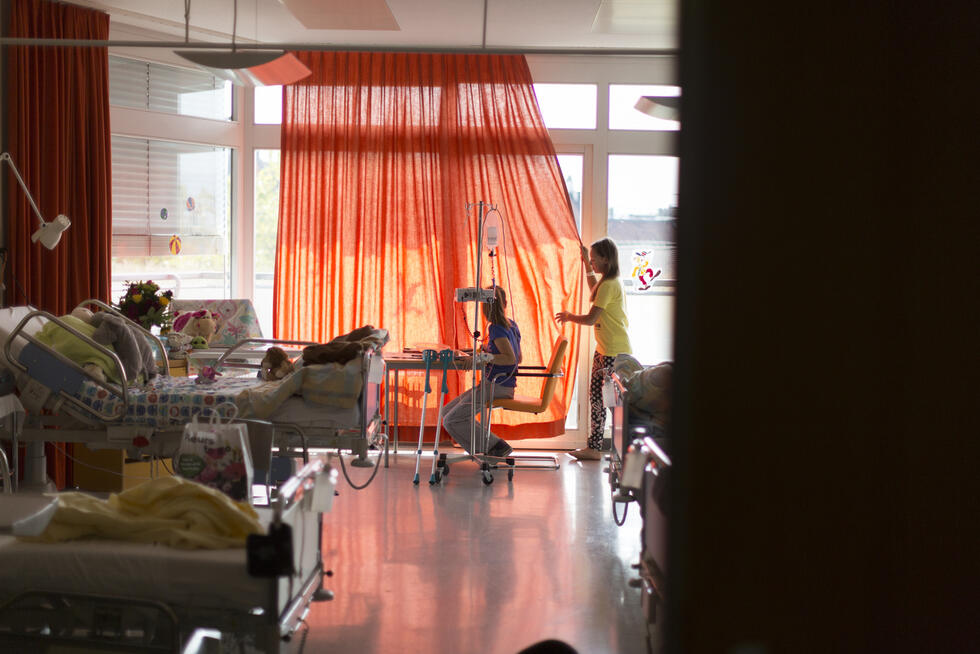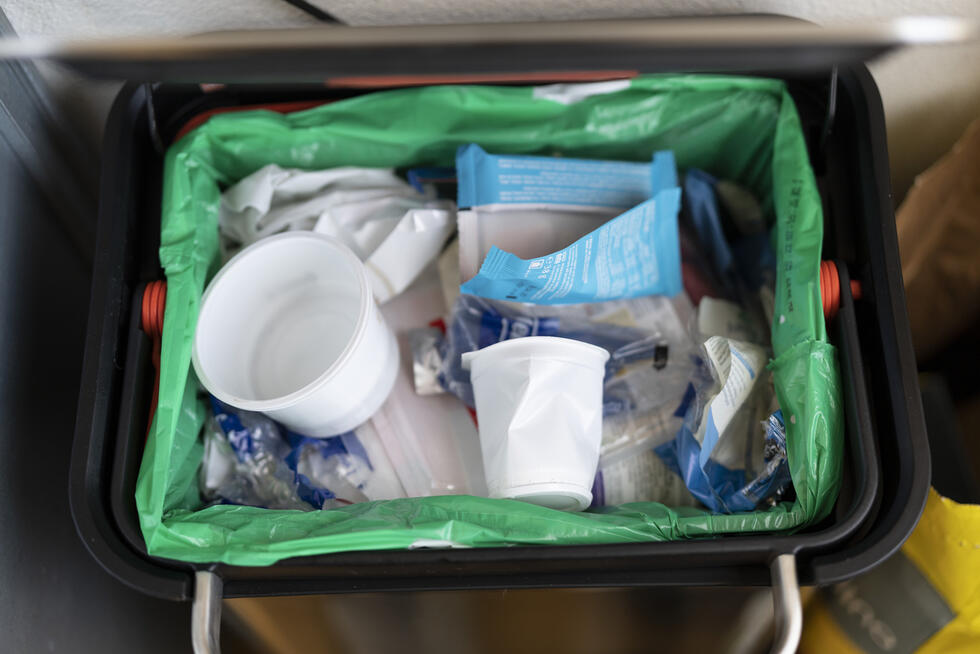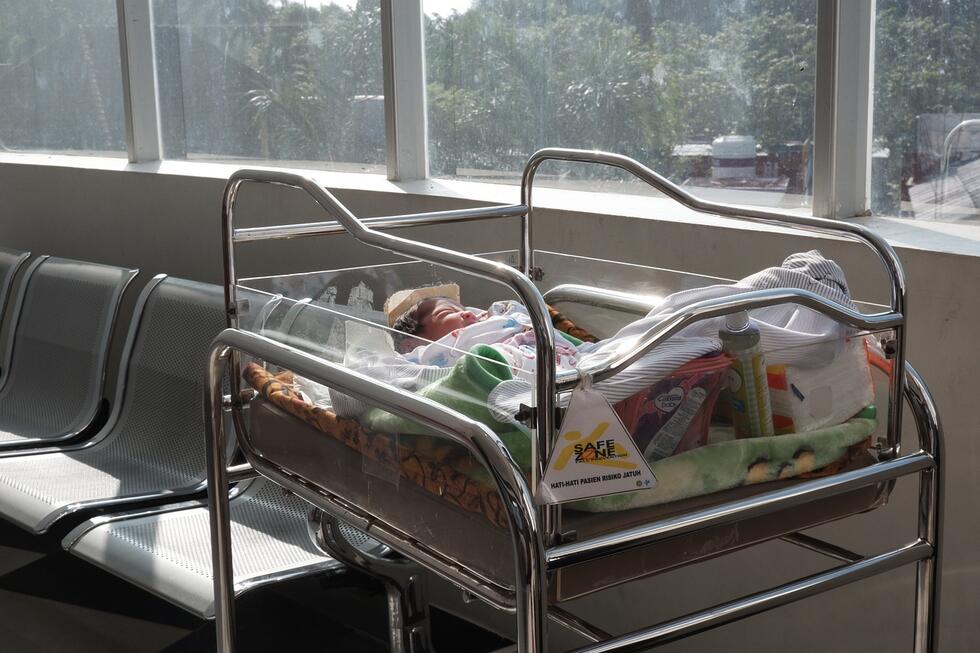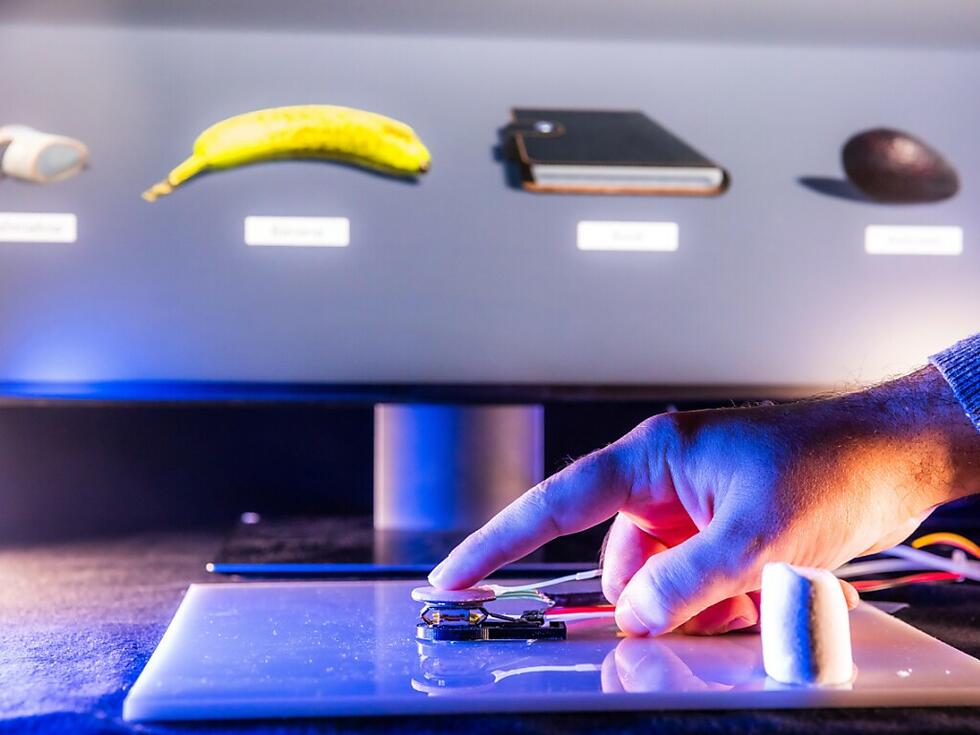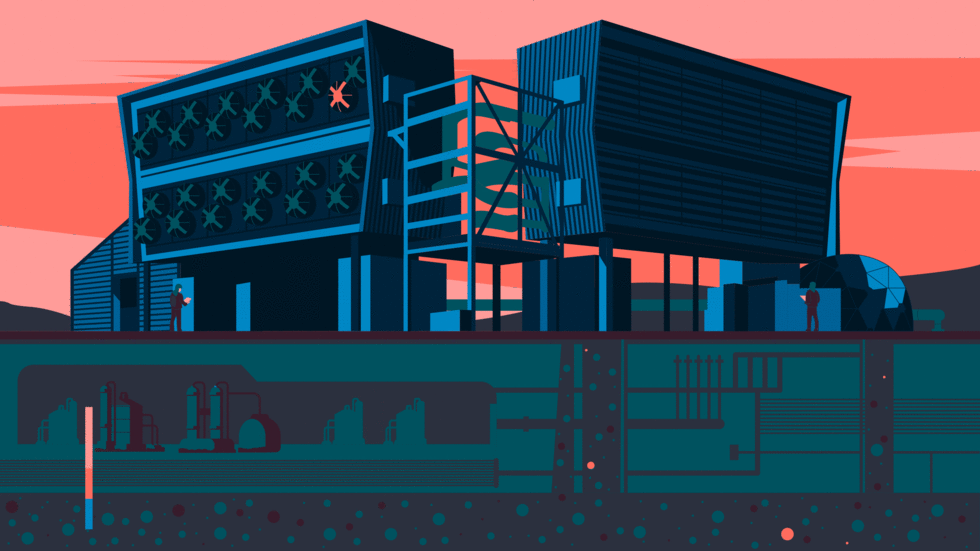SHORT NEWS
More suitable donor livers – thanks to an artificial body
Researchers in Zurich have built a machine that can keep donor livers alive for up to one week. This opens up possibilities to rescue even deficient donor livers and still be able to transplant them.
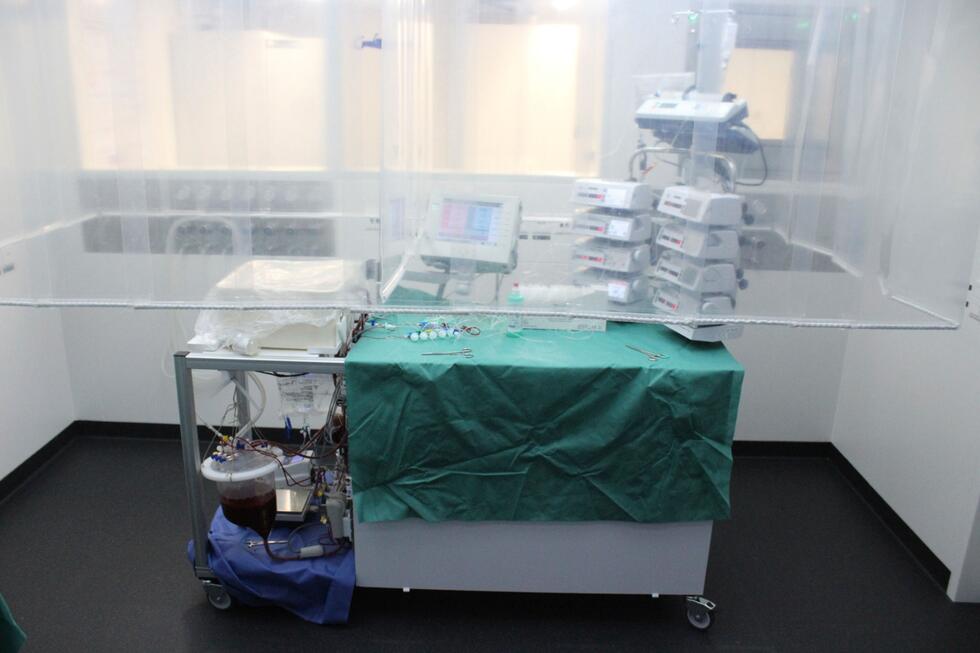
A pump substitutes the heart, an oxygenator the lungs, a dialysis unit the kidneys. Hormone and nutrient infusions supply what the intestines and pancreas would normally provide. And rhythmic movements mimic the ups and downs of the diaphragm as we breathe. What the team from the Zurich University Hospital, the University of Zurich, and ETH Zurich have developed under the umbrella of “Wyss Zurich” is virtually a rudimentary artificial body capable of keeping a liver alive outside the human body.
When the “Liver4Life” project was launched in 2015, a donor liver could only be kept for a maximum of 24 hours in perfusion units that supplied it with blood, oxygen, and heat. Now, the team led by Pierre-Alain Clavien from the University Hospital and Philipp Rudolf von Rohr from ETH Zurich has succeeded in keeping donor livers alive for a full seven days using their newly developed perfusion machine, as the researchers reported in the “Nature Biotechnology” journal.
Treatment prior to transplantation
According to the participating research institutions, this survival time opens up new possibilities for the treatment of livers prior to transplantation, for example in order to regenerate them. It is thus possible to save and transplant defective donor livers.
The researchers initially developed their perfusion machine using pig livers and optimized the conditions. Subsequently they tested the machine using ten human donor livers, all of which did not meet the quality criteria for transplantation and had thus been rejected by the European transplant centers. After perfusion in the machine, however, six of them had regained excellent functionality.
“In Switzerland, between twenty and thirty people die every year while waiting for a donor liver,” says Pierre-Alain Clavien, Director of the Clinic for Visceral and Transplant Surgery at Zurich University Hospital. If the new machine could be used to regenerate donor livers that were initially unsuitable for transplantation, it would potentially be possible to transplant twenty additional organs each year, the physician estimates.
First transplantation as early as this year
Apparently, a liver treated using the new method is to be implanted as early as this year. “We are ready,” Pierre-Alain Clavien emphasizes. He is convinced that the perfusion machine will also generate considerable international interest.
Another vision that could be realized with the machine would be the treatment of patients with liver tumors, he explained. “The idea would be to remove part of a cancerous liver, treat it outside the body and then reinsert it.” There are many liver cancer patients whose condition is difficult to treat and who could benefit from such an autotransplantation.


